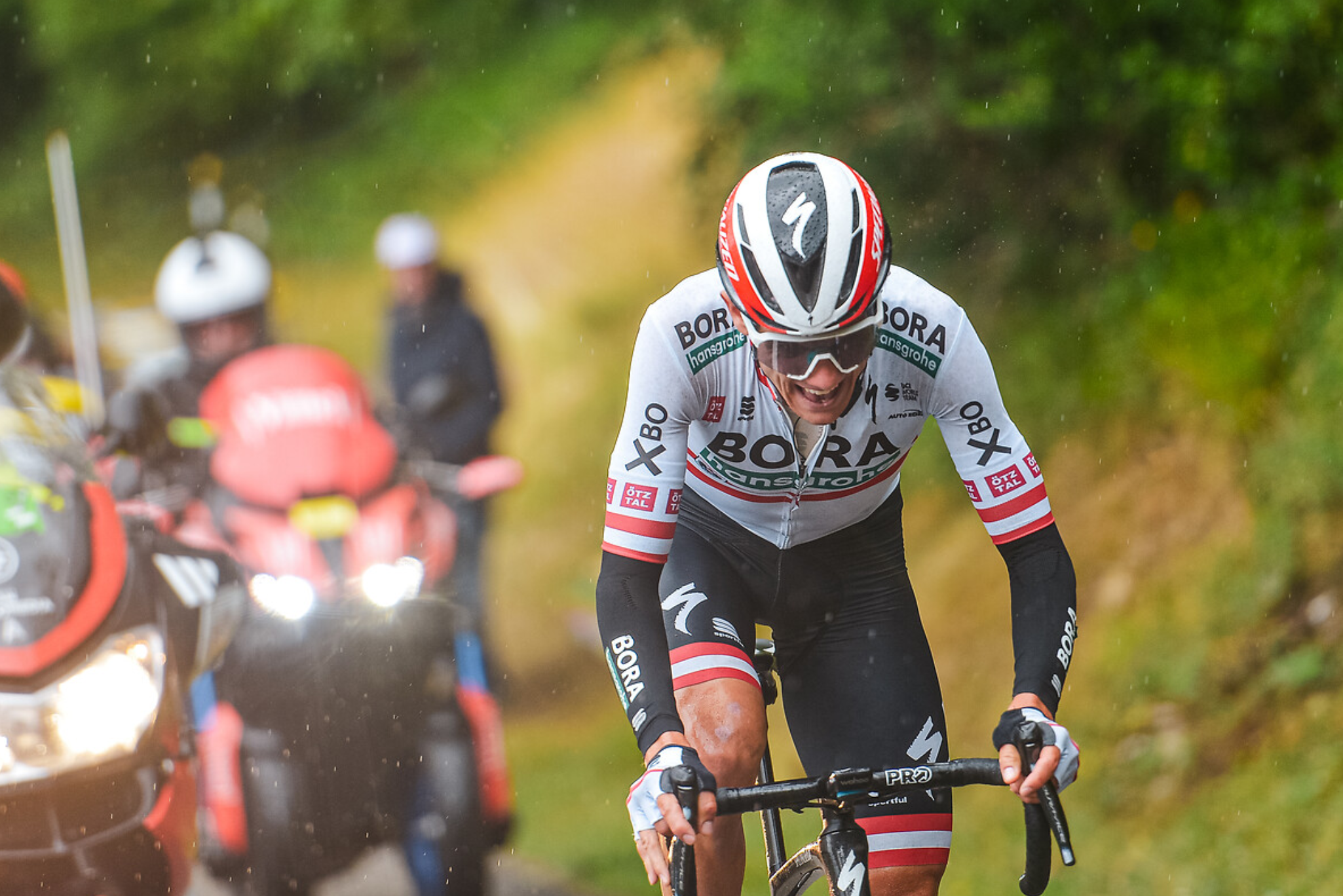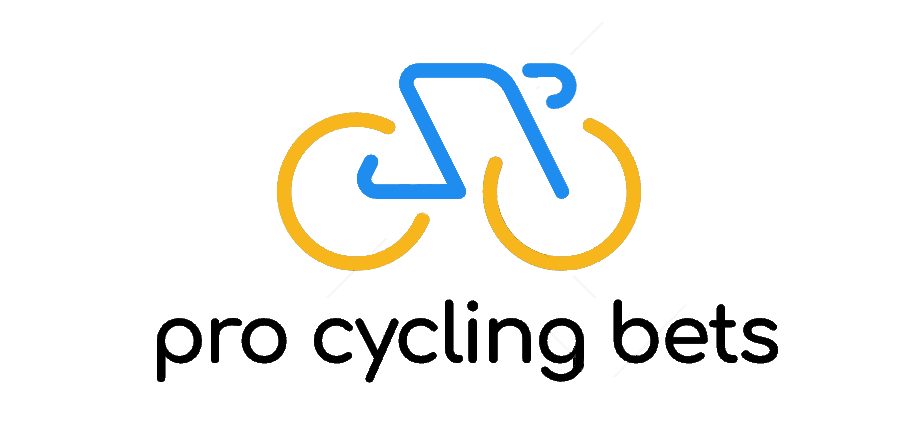How much do UCI World Tour cyclists earn?

With the ever increasingly popularity in the sport of cycling you may be wondering just how much cyclists earn per year? And how much they earn per level (eg. Do UCI Continental riders get paid?). While it's not public knowledge, we break down what we know from our sources to give you an idea of just how much cyclists are raking in (generally not a lot for risking life and limb). All numerical figures are in euros per year.
World Tour Level
At the world tour level it's incredibly dependent on the funding of the team and the role of the rider within the team. Breakout stars such as one of the Big Six are paid substantially higher amounts than domestiques or your average Joe on the thirty man roster.
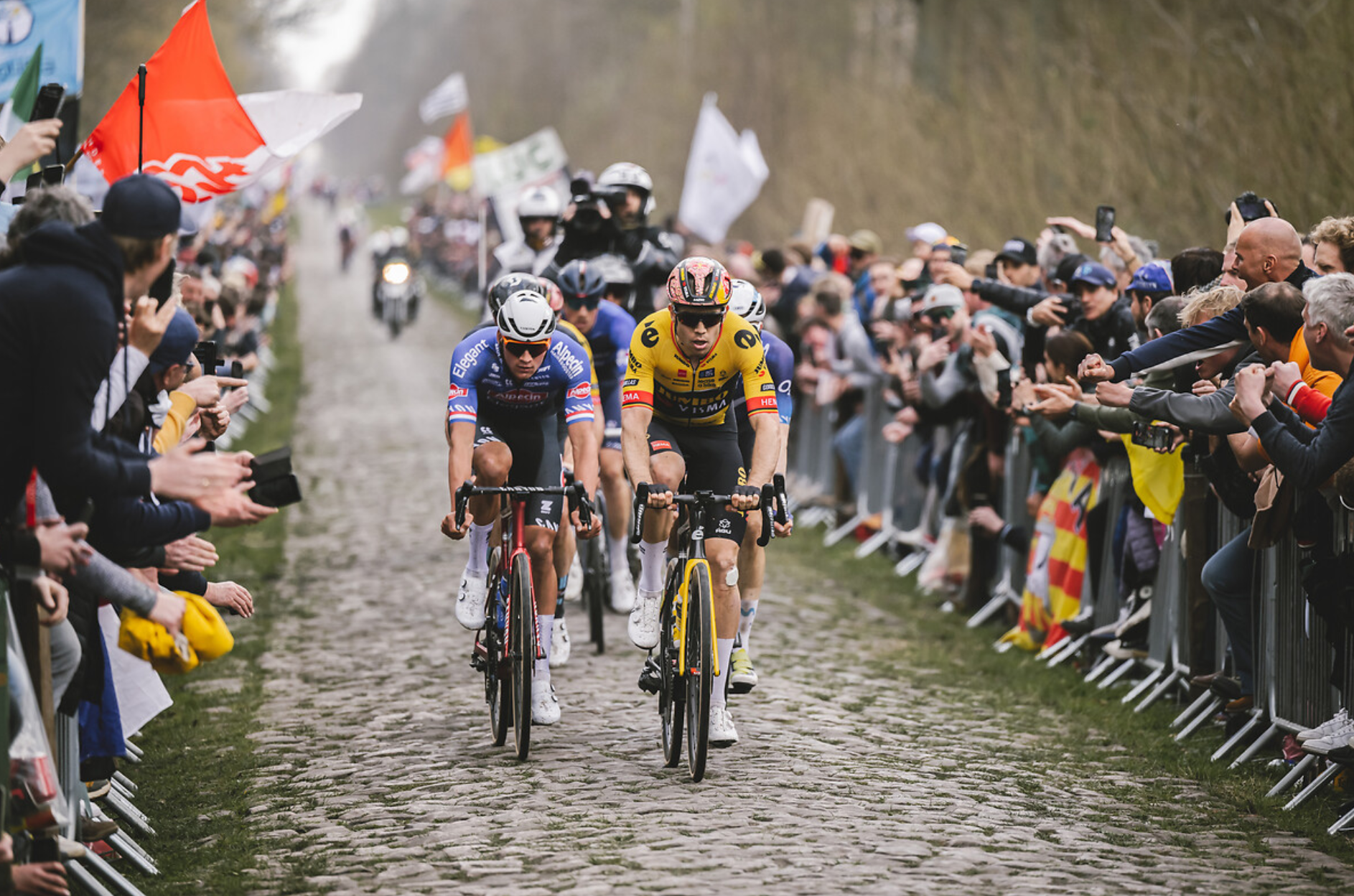
The big six can all be looking at around greater than a two million dollars a year salary with Remco Evenepoel probably on the least due to his father negotiating his contract poorly with Patrick Lefevere. It's also the case that Soudal - Quick Step isn't drowning in cash from sponsors and hence probably why Lefevere is so stingy with his capital.
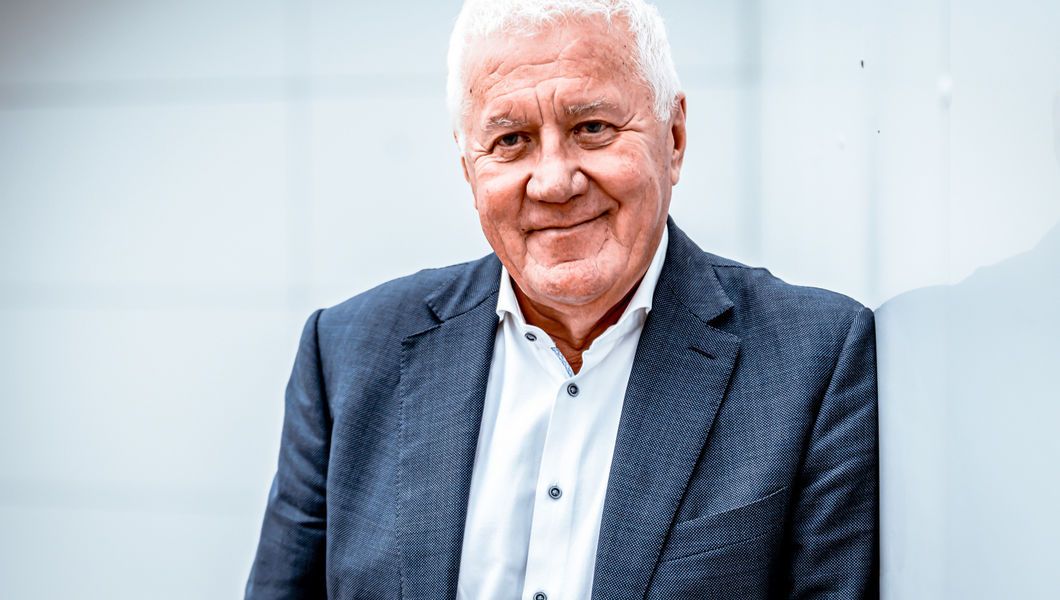
But that's at the very pointy end of the spectrum. You'll have riders close to the big six like Tom Pidcock, probably on close to a million or more a year. That's mainly due to the fact that Pidcock is on on of the teams that is loaded with cash - the Ineos Grenadiers.
Other teams without as much capital, that still have high quality riders, will generally be able to pay them within the hundreds of thousands range. So riders like Thibault Pinot from Groupama - FDJ will be on between 400k-700k a year. While another rider similar to Pinot's calibre but on a higher budget team, say Chritophe Laporte on Jumbo Visma, may be taking in between 750-1 million. Top classics riders may earn anywhere from 500k to up to 1.5 million if they have GC potential. The recent star Ben Healy is rumoured to be offered contracts at the upper end of that spectrum. Gino Mäder from Bahrain is rumoured to have just secured a 1.2 million euro contract from Bahrain.

Rider's may also accept less salary for more opportunity, and is often a bargaining technique used by less well - endowed teams. For example, Intermarché is probably only paying Biniam Girmay around 250k a year, but allows him to be the leader in the classics and for him to define his race schedule so that he can spend more time with his family in Eritrea.
Teams
Teams are not created equal. Funding is dictated based on your sponsorship deals and if you have the backing of rich billionaires, or countries for that matter. Ineos is backed by billionaire Sir Jim Ratcliffe and can splurge as necessary. There's no salary cap in world tour cycling such as there is in the NHL or MLB.
Countries themselves have gotten into the game with teams backed by the UAE or Astana Qazaqstan which are supported by the UAE Emirates and Khazakhstan respectively. Compare that to say, EF Education First, which is backed by the education business with the same name. It's hard to compete against a countries GDP as a single company.
Roles
As mentioned your role matters. If you're a prime general classication (GC) leader for the team you'll pull in the most salary on the thirty man roster. Next are the premium mountain domestiques. There's only so many riders in the peloton who can be a domestique up a mountain effectively for GC team leaders (think Marc Soler or Seb Kuss). These riders will often pull in close to a million or more for their role as mountain aid to the leader. They're also colloquially known as "super domestiques".
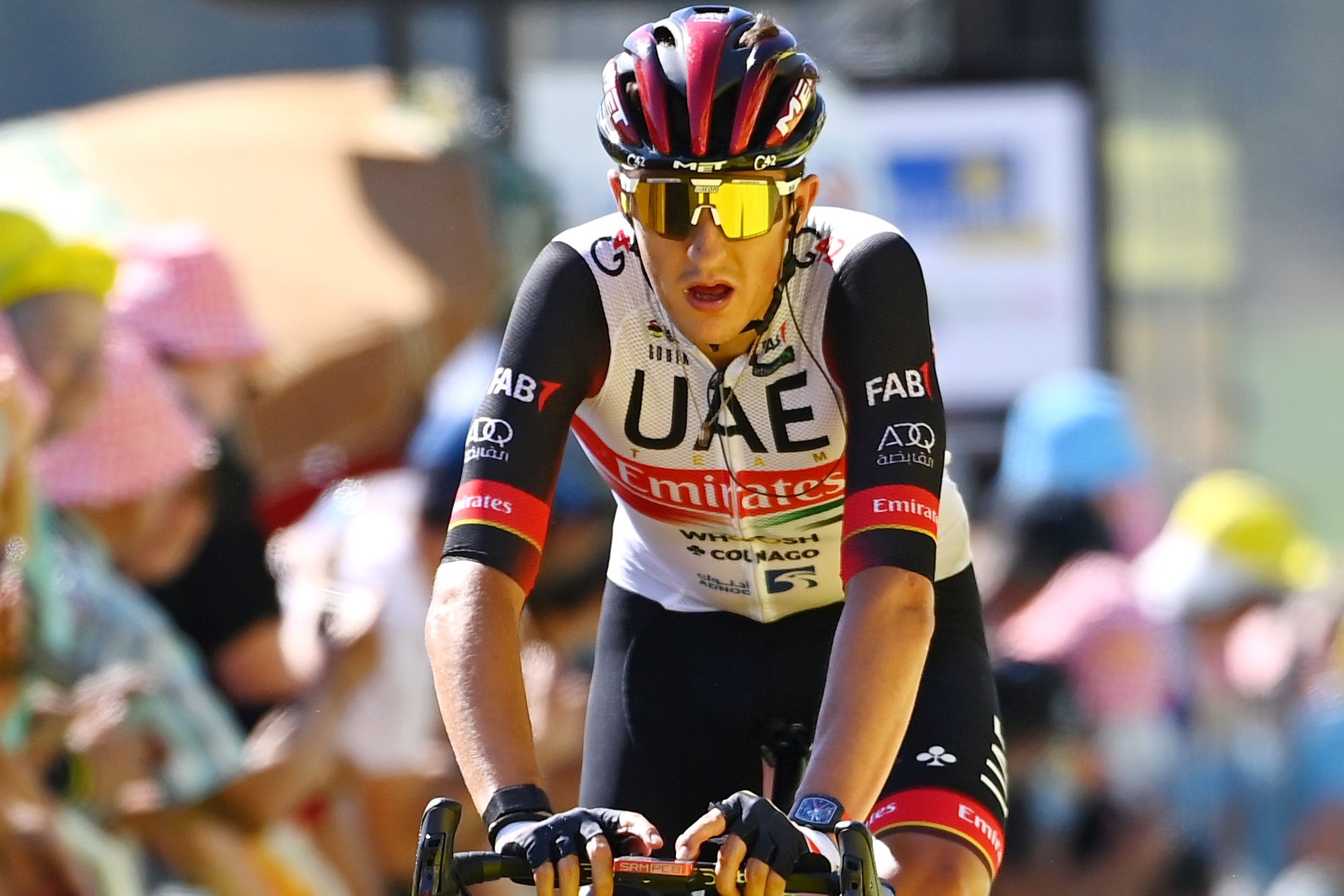
An average domestique however, who hasn't proven themselves or is new to the peloton, may only pull in around 50k-70k a year. Which is a drastic spread. To be fair expenses will also generally be covered by the team such as airfare, food and lodging.
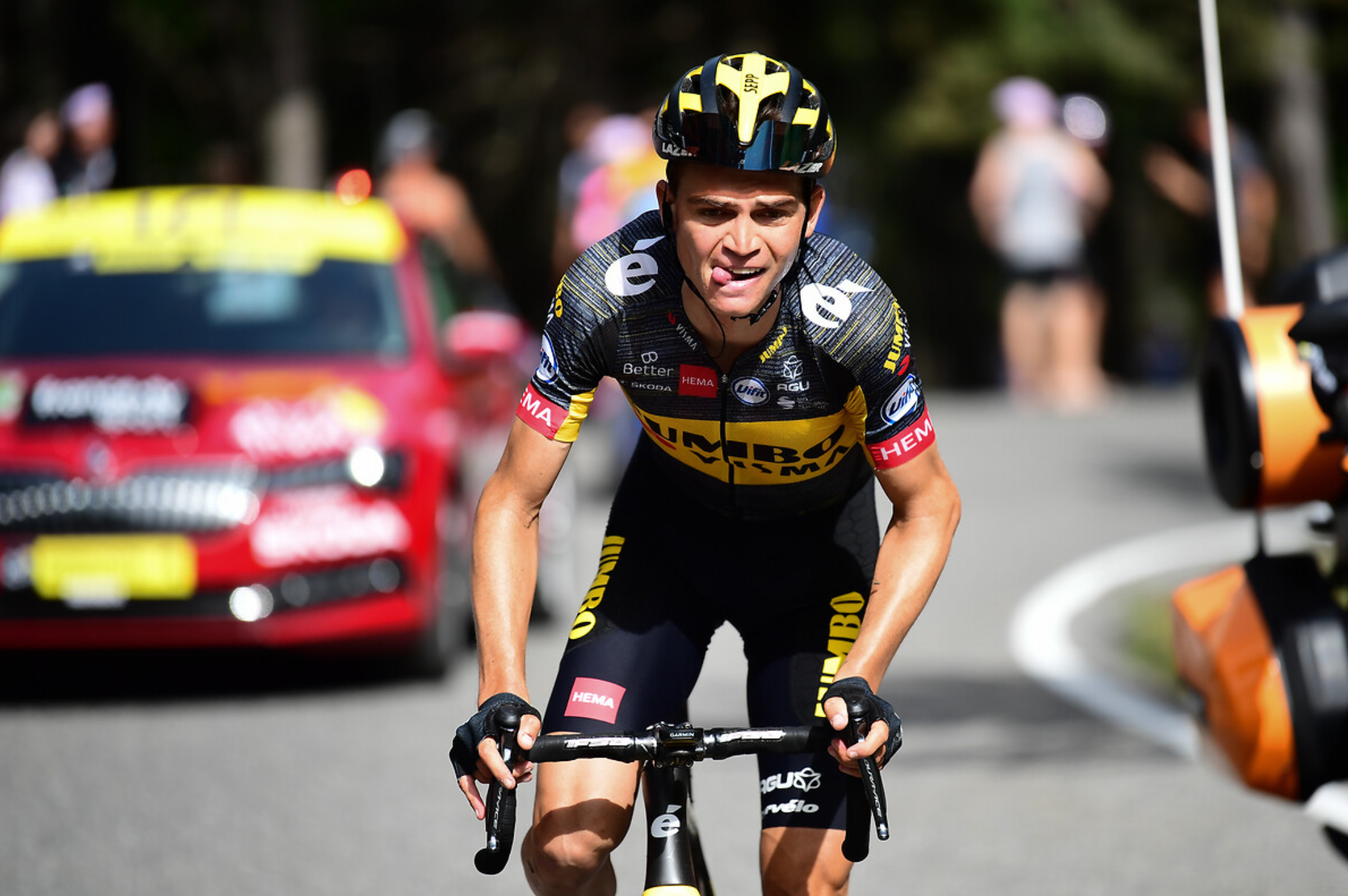
Top sprinters such as Jakobsen or Bennet will also generally be in the million to two million dollar range, as they can rake in the UCI points for the team which are critical to avoid relegation.

Palmares
You palmares is taken into account too. If a rider has won a stage of a grand tour, or placed in the top five of a classic, that will be taken into account of how much a rider will be getting paid in the coming years and drastically ratchet up there price.

In some ways, cycling is still antiquated, and no matter how much power you can push results are the name of the game. And that's fair. A lot of indoor Zwifters these days can match the power levels of some professional cyclists, but there's tons of nuance to racing, and racing well.
Discipline
Road riders are paid the most, and it's almost always salary based. However, disciplines such as cyclocross can still pay quite well depending on the calibre of the rider. The big three names in cyclocross, Tom Pidcock, Mathieu van der Poel (MVDP), and Wout van Aert will all rake in fees based on race appearances.
For example, it's well known that while race organizers can't explicitly pay them Pidcock will receive around 8k per appearance at certain major cyclocross races, and MVDP and Wout van Aert will pull in around 15k for the same race.
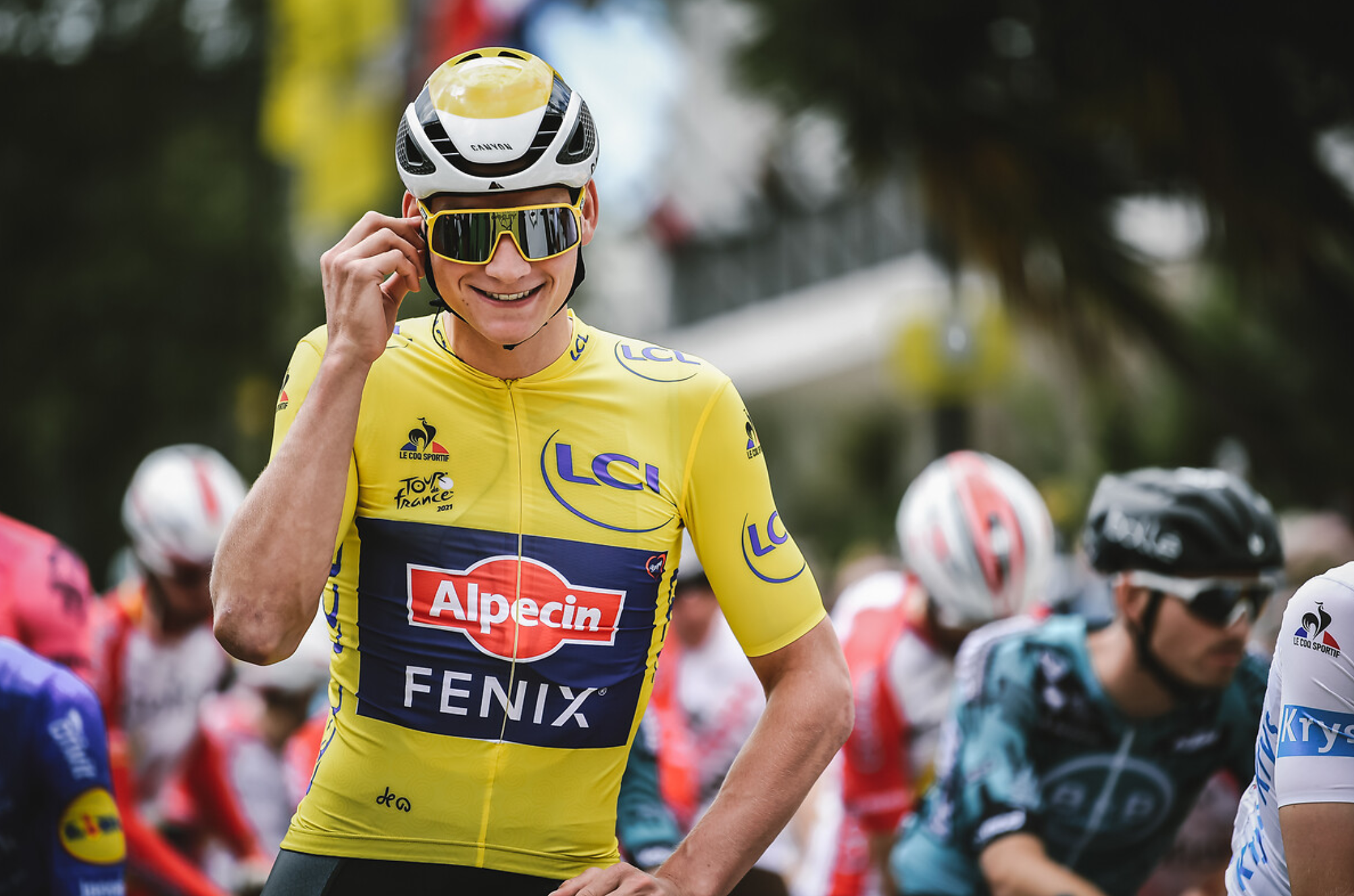
Team Mandate
It's also worth calling out that some teams have implemented mandates for pay equality not just amongst roles, but between women and men's teams as well.
It's often the case that women riders are paid drastically less than their male counterparts.However, on some teams such as Trek - Segafredo, there's pay equality between both male and female riders which is pretty nifty. We hope as women's cycling becomes more and more watched (it's super entertaining!) that other teams will follow suit.
Levels Below World Tour
The UCI is comprised of multiple levels of cycling, depending on the calibre of the rider. Teams on lower levels than the World Tour will garner less in sponsorship money and hence be able to pay their riders less (and also why team relegation from the world tour matters so much).
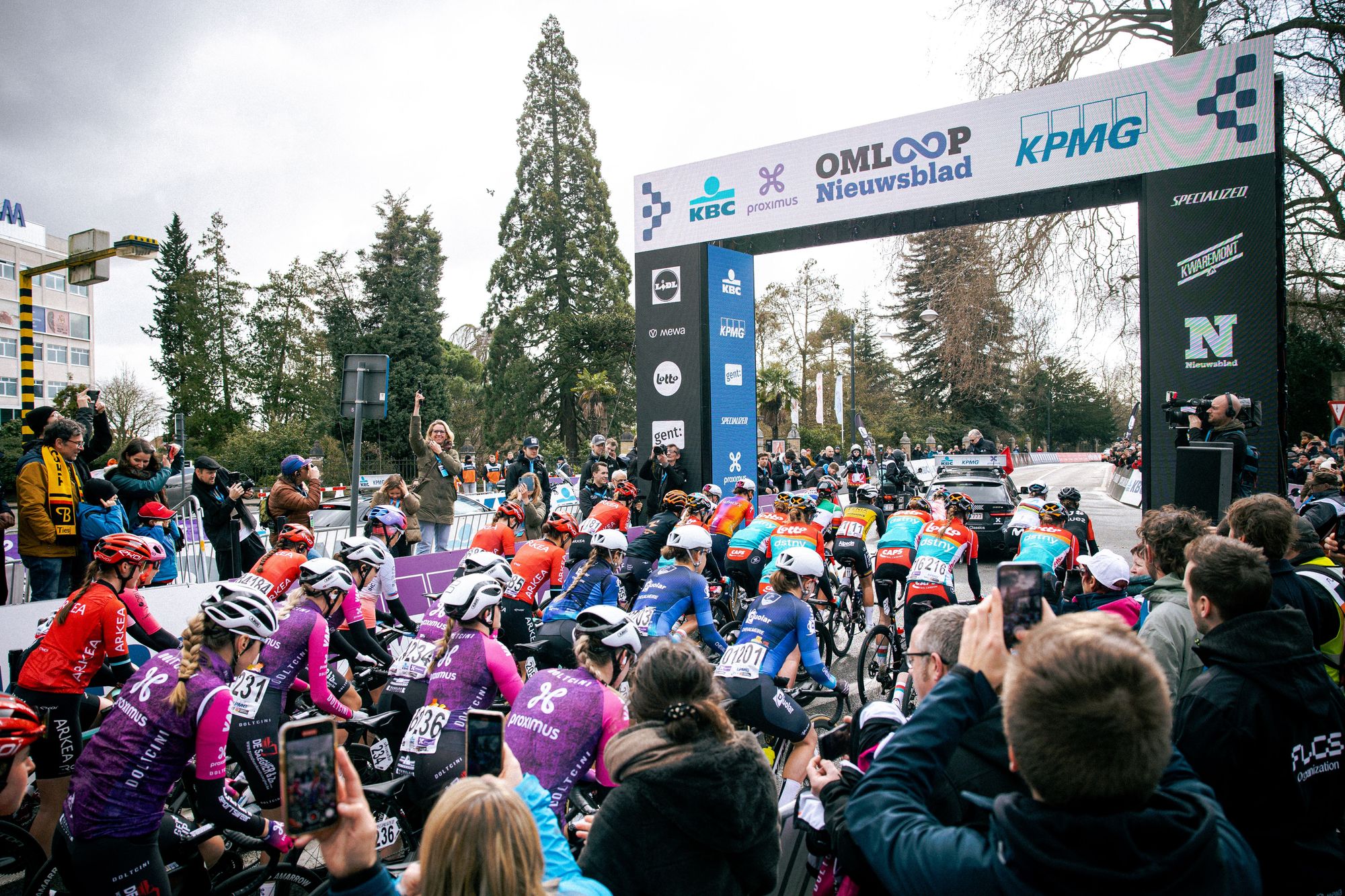
Pro
Pro riders can still expect to be able to squeak out a living on their salaries, with most riders in the bunch earning around 30-50k and having living expenses covered.
Continental (.1)
Continental riders, or .1 level riders, will generally either get only their expenses covered or a low base stipend that they can use to provide for themselves.
Below Continental (.2)
Good luck here. Generally you're on your own and won't be paid. You may have your expenses covered but it's team dependent and also dependent on the calibre of the rider.
